Abigail Bryant, recent graduate in Arts and Humanities, gives her advice on coming back to university after a hiatus from education, and how to juggle work and study.
Before starting at Birkbeck, I worried that the years I’d had out of education may make it difficult to slot back into it seamlessly and that my ‘academic brain’ just wasn’t there anymore. I hadn’t written an essay for over five years! It turned out that I had absolutely no reason to feel like this. As soon as you start you’re given an encouraging, safe space to learn about the technical stuff such as referencing and essay structure, as well as logistics about how the university works and where you can find the resources that you’re entitled to. There are also plenty of opportunities to ask questions, so you’ll quickly realise that you’re not on your own – there is support everywhere you turn!
If, like me, you’ll be working and studying simultaneously, good for you! You’re in for an enriching, challenging but ultimately rewarding experience. For me, the main goal was always to enjoy my course and never to view it as a chore, and luckily I managed to maintain this for the four years that I was at Birkbeck. Of course, after a long and tough week at work, the idea of sitting and working on an assignment at the weekend was not always a barrel of laughs, but I made sure that I chose modules that I felt passionately about and essay questions that I could get my teeth into, and would involve research that I was genuinely interested in. The feeling of satisfaction and pride upon handing in an assignment would always outweigh the pain of getting it finished! It is important to make time for yourself as well, and make sure that alongside work and study, you have the headspace to pursue interests and ‘me time’. This will no doubt benefit all aspects of your life, and your overall happiness should take priority and feed into your course at Birkbeck!
But what does it really take to be a successful student at Birkbeck? What do you really need to balance work, study and home life? Here are my top three tips:
- Be curious
At Birkbeck, you are so lucky to have access to a wealth of research materials, acclaimed professors, and diverse module choices. For maximum fulfilment and enjoyment, stay open minded and have a keen willingness to constantly learn and improve, both from your teaching materials and your peers. Embrace the resources available to you, and immerse yourself in Bloomsbury – there’s so much fascinating history within the walls that you’re learning in! Keep up to date with events going on – I’ve attended many panel discussions, career events and summer workshops throughout my time at Birkbeck. They are all free to attend and are a great way to network with students, teachers and industry folk alike (as well as boost your learning). Most importantly, challenge yourself – never feel like something’s not worth exploring because you don’t initially understand it. Ask questions, do some independent research, and you’ll be amazed at what you can discover and achieve. - Be committed
For all the benefits of evening study, there are inevitable challenges to balancing university with other components of your life. Stay organised, disciplined and committed to your studies. The better you manage your time, the more fun your course will be, and the more you will get out of it. Studying should never feel like a chore, but an accomplishment worth fighting for. - Be yourself
Lastly, try not to compare yourself to other students in terms of ability or knowledge. You have a unique and valuable perspective to bring to the classroom, so never feel afraid to express your opinion or thoughts in seminars. Birkbeck is a safe space to develop and articulate ideas and arguments, with infinite room for progression and improvement. Follow your instincts, pursue your passions, learn from and with others, and always value your own voice.
Whatever you’re studying, and whatever your stage of life, Birkbeck is a life-changing, diverse, and extremely exciting place to study. It’s easily one of the best things I ever did, and I’d implore anyone to embrace every second, every resource and every opportunity it has to offer.
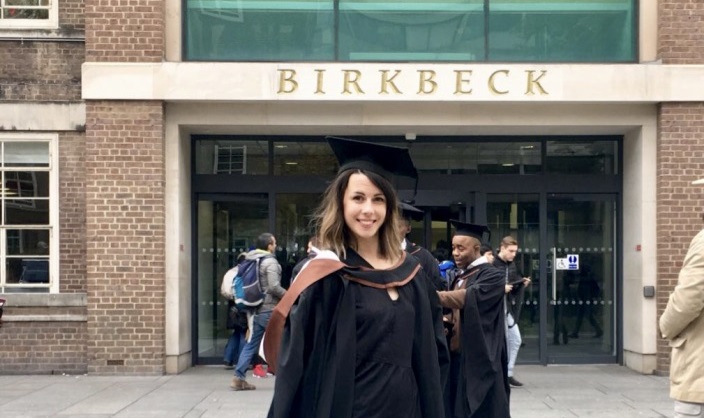

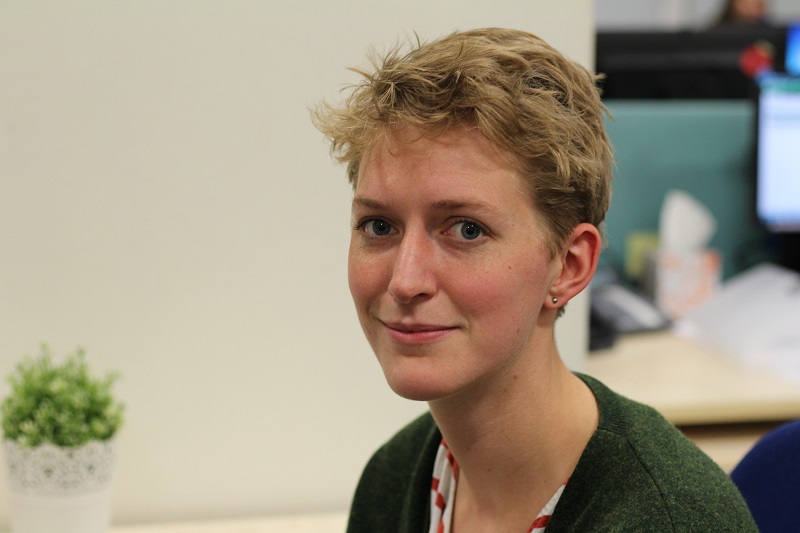


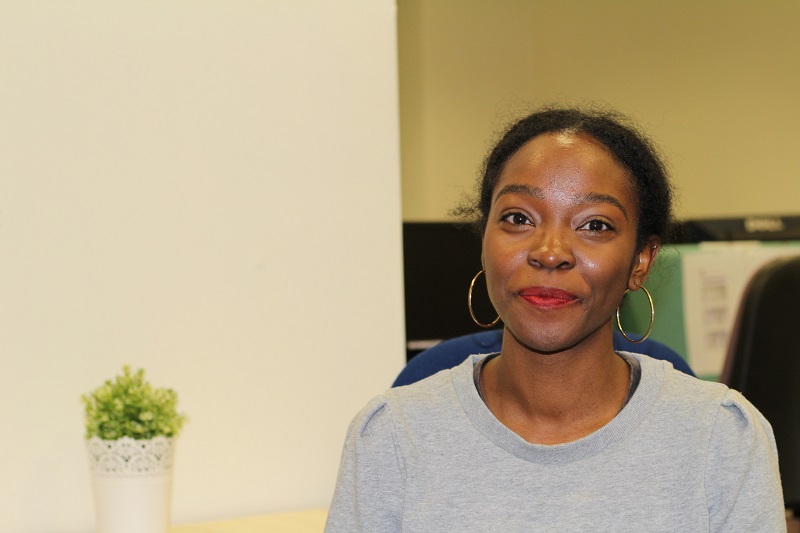




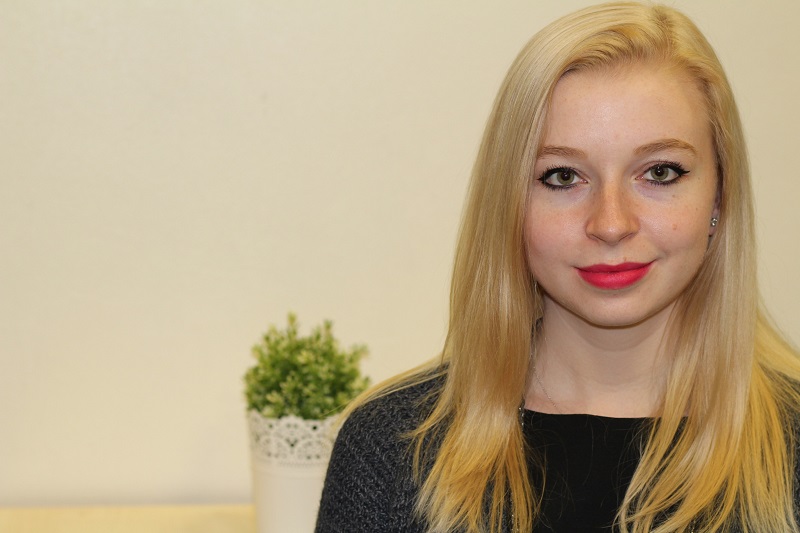

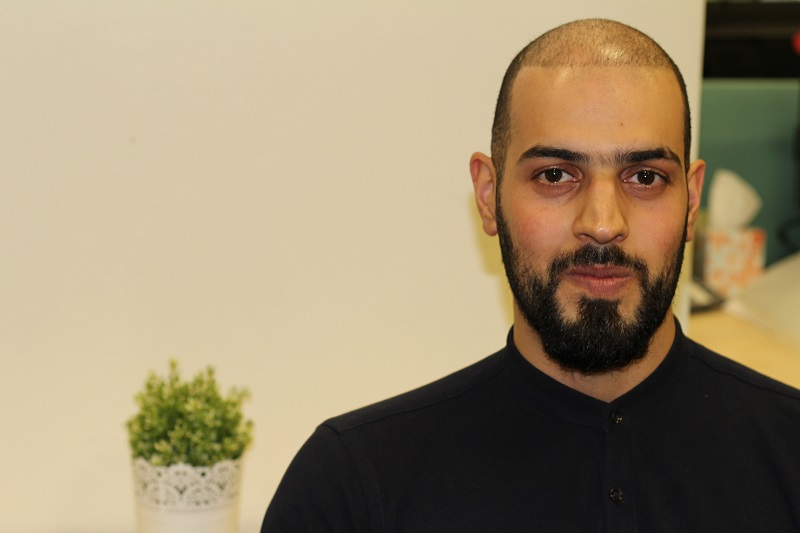



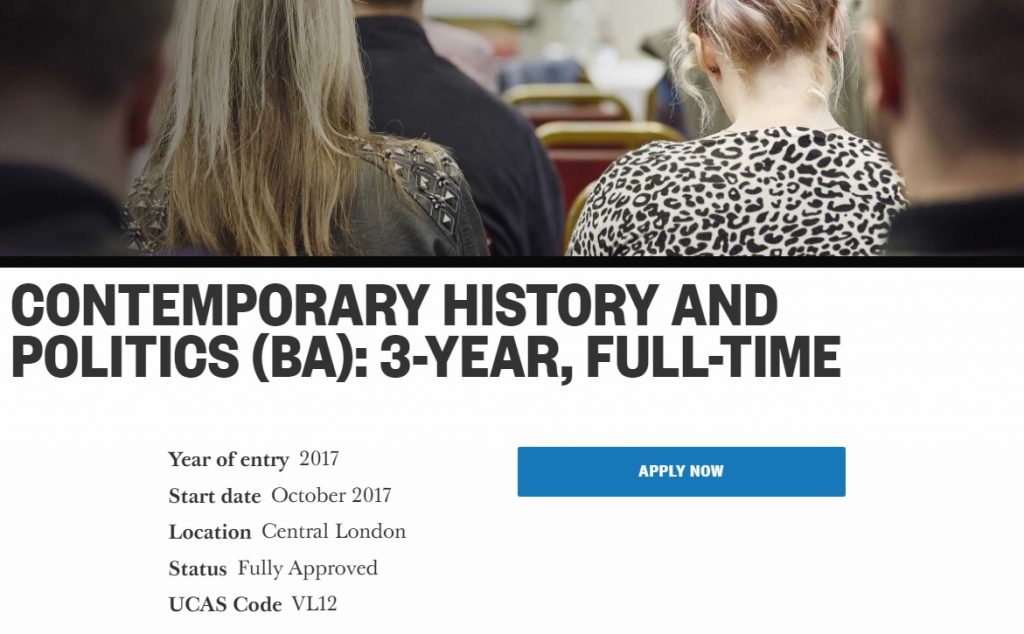


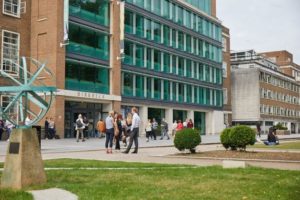


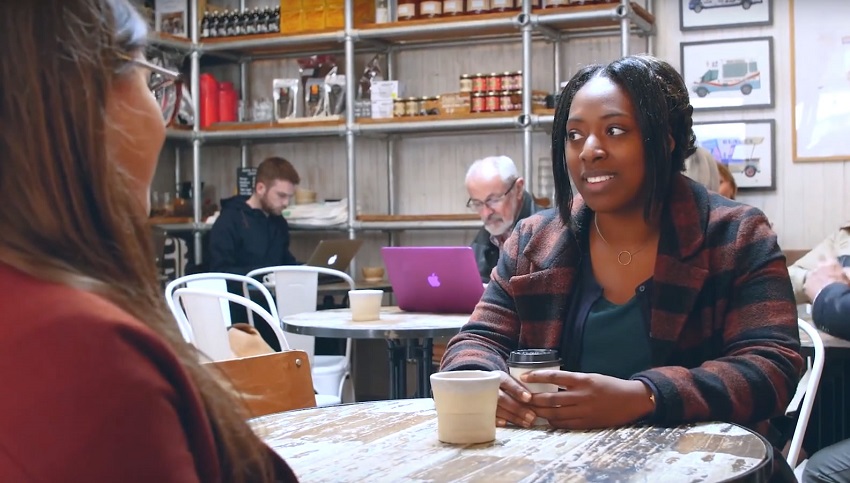
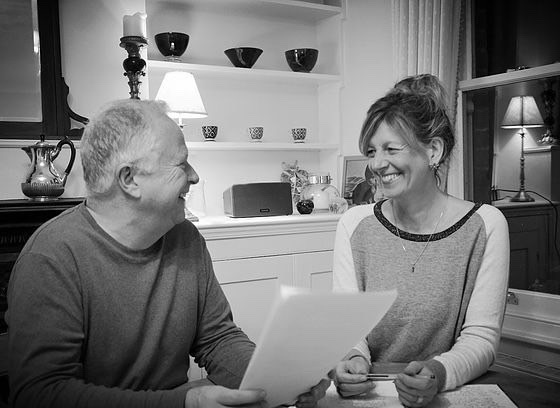

![Layla Moran was elected MP for Oxford West and Abingdon in the 2017 General Election. Layla Moran [CC BY 2.0 (http://creativecommons.org/licenses/by/2.0)], via Wikimedia Commons](https://perspectives.blogs.bbk.ac.uk/wp-content/uploads/2017/06/Layla_Moran-1.jpg)